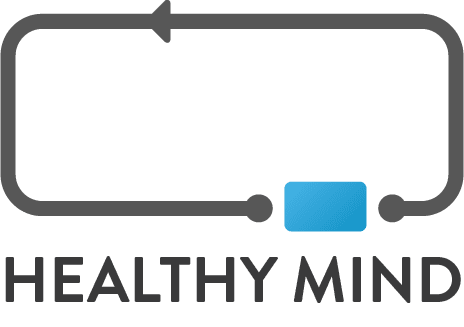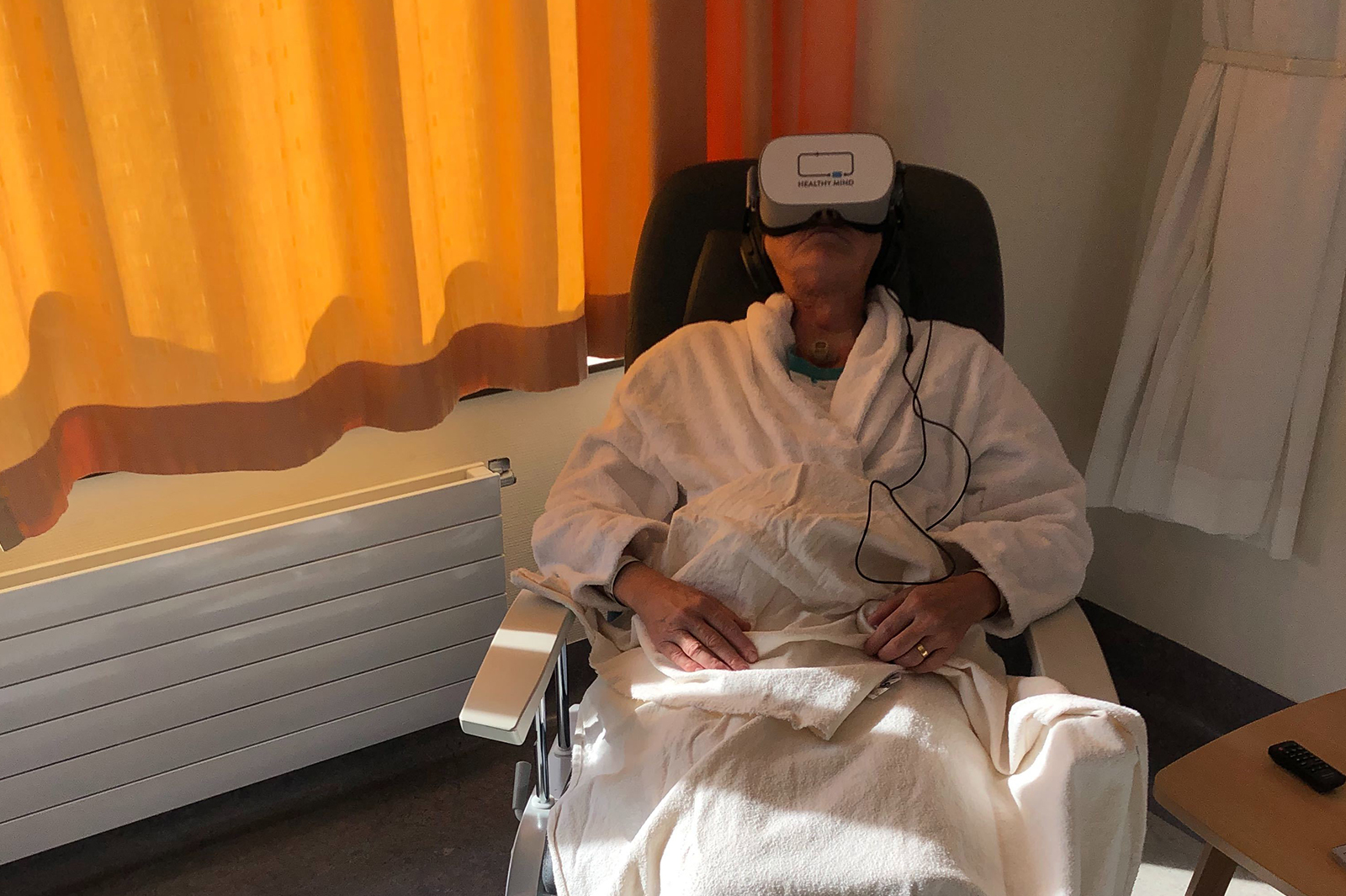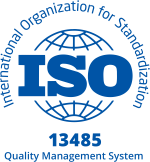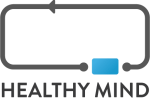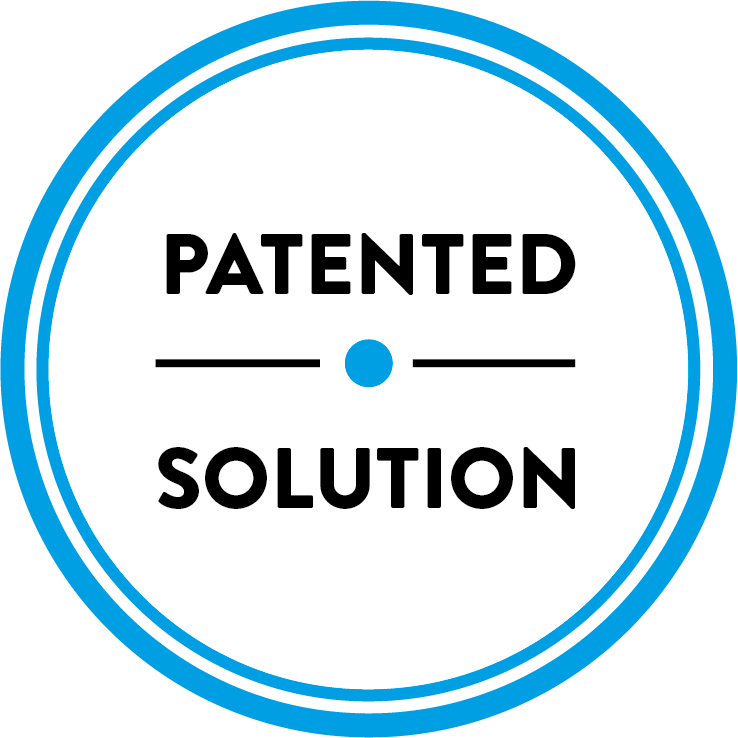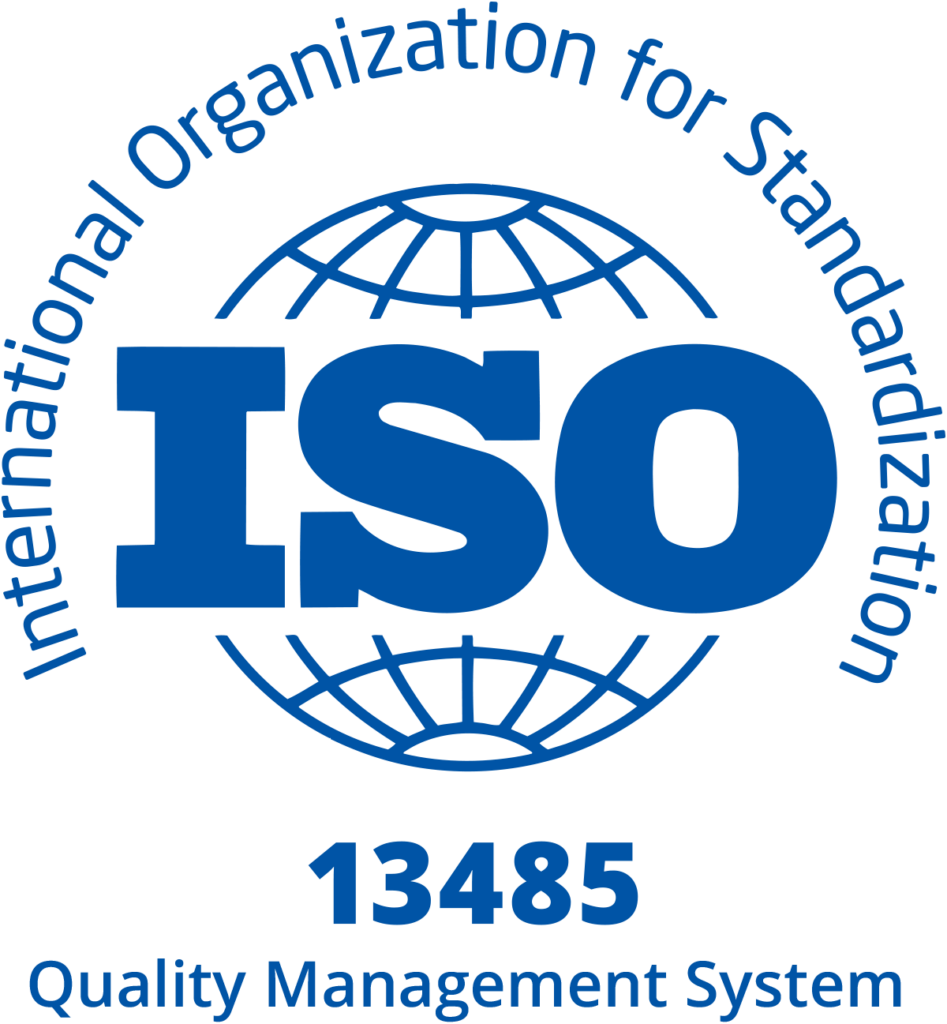Immersions at the service of rehabilitation
During a period of convalescence, follow-up and rehabilitation care (FRC) becomes the link between home and hospital. In this medical environment dedicated to rehabilitation, virtual reality (VR) offers an innovative way forward. In the quest for recovery, this immersive technology proposes to improve the quality of life of hospitalised patients through therapeutic tools of proven effectiveness. How do helmets fit into FRC establishments, and what new features do they offer? That’s what we’re going to find out in this article.
Follow-up and rehabilitation care (FRC): what’s at stake?
After an injury, illness or surgery, patients benefit from follow-up and rehabilitation care. Accessible on medical prescription, hospitalisation in FRC is structured around three areas:
- re-education, to help patients recover their physical, cognitive and psychological capacities;
- rehabilitation to adapt to limitations and learn how to overcome them;
- reintegration, with the aim of regaining genuine independence.
Hospitalisation in the FRC, whether full or partial, is a multidisciplinary process. Several healthcare professionals share their expertise to create an environment conducive to remission, both in terms of care and family, social, educational or professional reintegration. In this way, the FRC helps to build a therapeutic plan adapted to the patient’s state of health and facilitates referral to health and social services.
Follow-up and rehabilitation care is an essential component of the healthcare system, playing a crucial role in patients’ transition from hospital to everyday life. FRC establishments are used to ensure continuity of medical and paramedical care, helping patients to recover after hospitalisation.
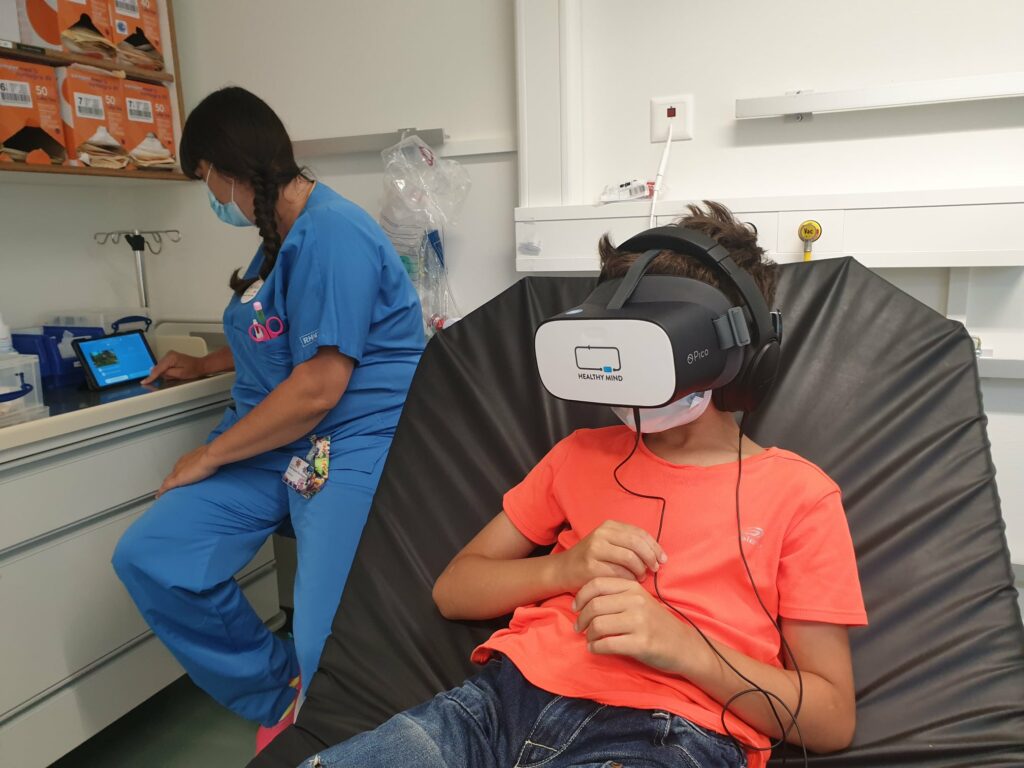
The effectiveness of virtual reality remediation: a scientific perspective
Follow-up and rehabilitation care covers a wide range of conditions:
- musculoskeletal system;
- nervous system;
- digestive, metabolic and endocrine systems;
- cardiovascular, respiratory and oncohaematological pathologies;
- burn patients;
- addictology.
Some establishments specialise in obesity, psychiatric disorders, cardiovascular pathologies and care for the elderly or young children. So how do we respond to the wide range of treatments and patients involved?
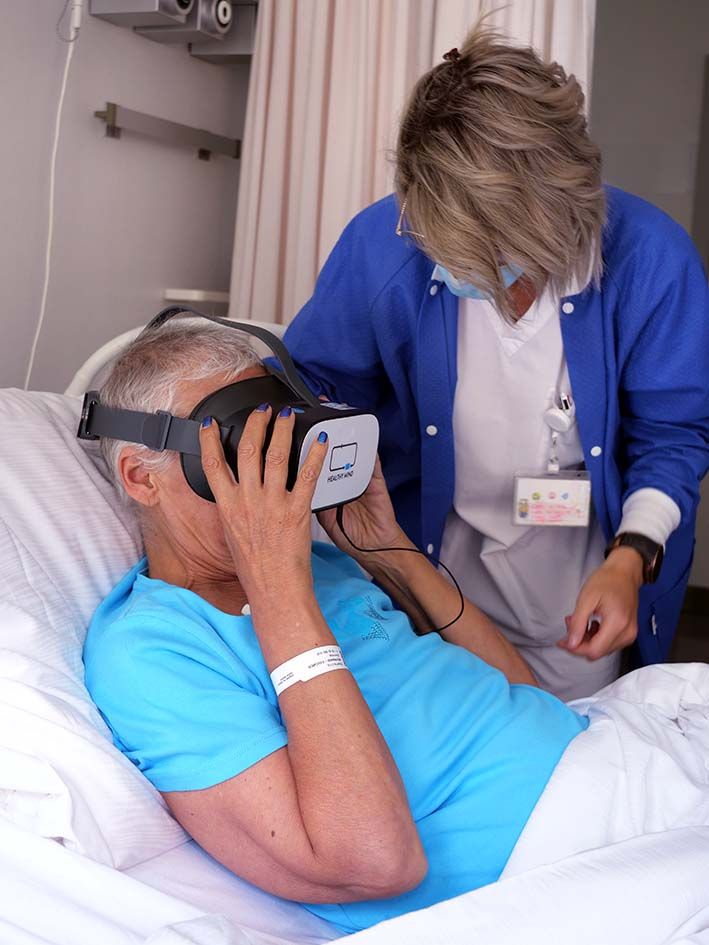
Therapeutic virtual reality offers a multi-purpose device that addresses the problems of several use cases and can be adapted to suit all audiences. Instead of being restricted to the specific needs of one disease, this tool will be used to improve the comfort and well-being of all patients. What’s more, the diversity of the immersions and the creativity of the environments generate curiosity and acceptance at all ages.
As well as stimulating the imagination and promoting calm and relaxation, a large body of clinical research has demonstrated the effectiveness of virtual reality remediation in a wide range of conditions treated in FRC establishments:
- stroke (Huygelier et al., 2021);
- traumatic brain injury (Alashram et al., 2019);
- mild cognitive impairment (Moreno et al., 2019);
- Alzheimer’s disease (Moreno et al., 2019);
- neurorehabilitation (Massetti et al., 2018);
- psychiatric disorders (Cieslik et al., 2020).
To find out more, you can read about other clinical studies to which Healthy Mind has contributed on our dedicated page.
Healthy Mind headsets: improving comfort for patients and carers
1. Reduced anxiety and pain without drugs
A stay in an FRC is often accompanied by a high level of anxiety. Between the complexity of the treatment, concerns about remission or the current state of health, and the difficult transition between hospital and going home, patients face many upheavals.
Virtual reality offers an immersive and soothing escape for patients, transporting them to relaxing virtual landscapes, such as sunny beaches or snowy mountains. This distracting sensory immersion helps to reduce stress and anxiety, creating an environment more conducive to healing.
Virtual reality has been shown to be effective in managing pain without the use of medication. The visual and auditory distractions provided by virtual reality divert patients’ attention from their physical pain, a technique that has proved effective. Virtual walks plunge users into a relaxing setting to escape the reality of an anxiety-provoking and sometimes oppressive medical environment, a space out of time.
This non-pharmacological approach represents a significant advance in comfort management for patients in FRC, who may be suffering from post-operative or chronic pain.
The introduction of virtual reality in FRC is not limited to improving physical rehabilitation, but also brings real benefits in terms of psychological well-being by reducing anxiety and pain in a non-drug way, thus promoting a more holistic healing process.
2. A versatile tool for a wide range of uses
Therapeutic virtual reality is not limited to a 3D headset. The Healthy Mind device uses several processes to deliver a multi-sensory experience:
- medical hypnosis designed by professionals;
- breathing exercises adapted to post-operative rehabilitation;
- a soothing soundscape;
- interactive games without joysticks to increase distraction;
- immersions without cyberkinetosis.
The virtual reality headset can be perfectly integrated into FRC establishments to relieve pain and anxiety during :
- organ or muscle re-education;
- rehabilitation after surgery;
- pressotherapy sessions;
- massages;
- joint mobilisation;
- electro-physiotherapy;
- changing dressings;
- infusions;
- occupational therapy for neuro-functional problems;
- paraplegia;
- chronic pain;
- eating disorders.
The versatility of virtual reality in FRC opens up a range of possibilities for tailoring patient care to their specific needs. This not only helps to improve medical outcomes, but also makes the rehabilitation experience more engaging and motivating for patients, increasing their adherence to treatment.
3. A mobile, compact system that integrates into the care process
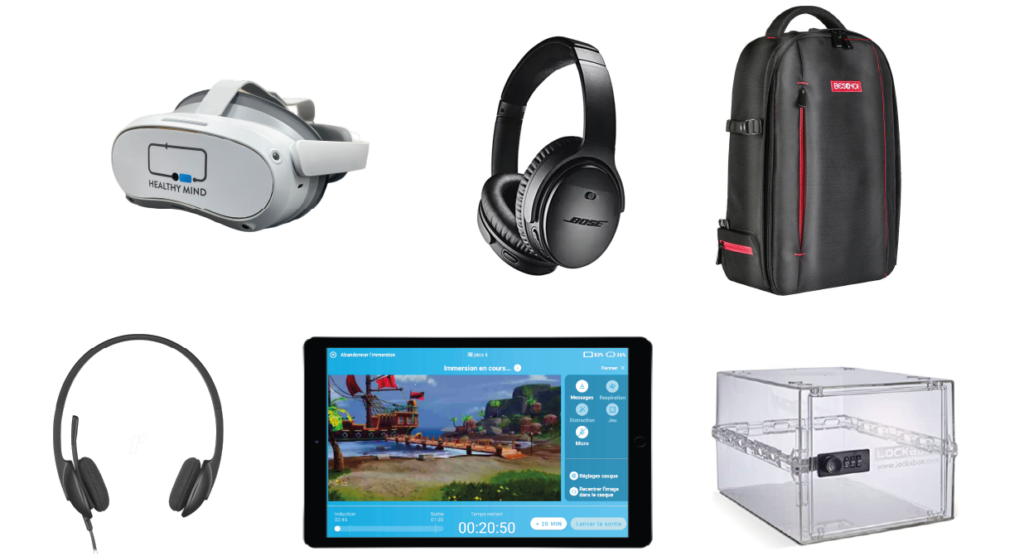
A number of people are involved in follow-up and rehabilitation care. Because of the diversity of caregivers and use cases, introducing a cumbersome tool would slow down medical management and the smooth running of care.
To meet this need, Healthy Mind offers:
- a wireless 4K headset that can be quickly deployed off the network;
- a compact storage bag;
- a medical application for setting parameters, monitoring and controlling immersion;
- support to help you get to grips with the equipment.
The connection between the headset and the tablet does not require an internet connection. In this way, you can integrate the interface into the medical workflow without relying on external parameters – the device is self-sufficient. The device leaves the patient and carers free to move around, while maintaining the possibility of constant communication.
Virtual reality is much more than a technological innovation for FRC, it represents an opportunity to optimise the care pathway for patients and healthcare professionals. It offers a powerful means of improving patient comfort by reducing anxiety and pain, while being adaptable and easy to integrate into establishments. The benefits it brings in terms of physical rehabilitation, psychological well-being and effective care pave the way for faster recovery. Would you like to see the device in action? Don’t hesitate to ask for a demonstration!
